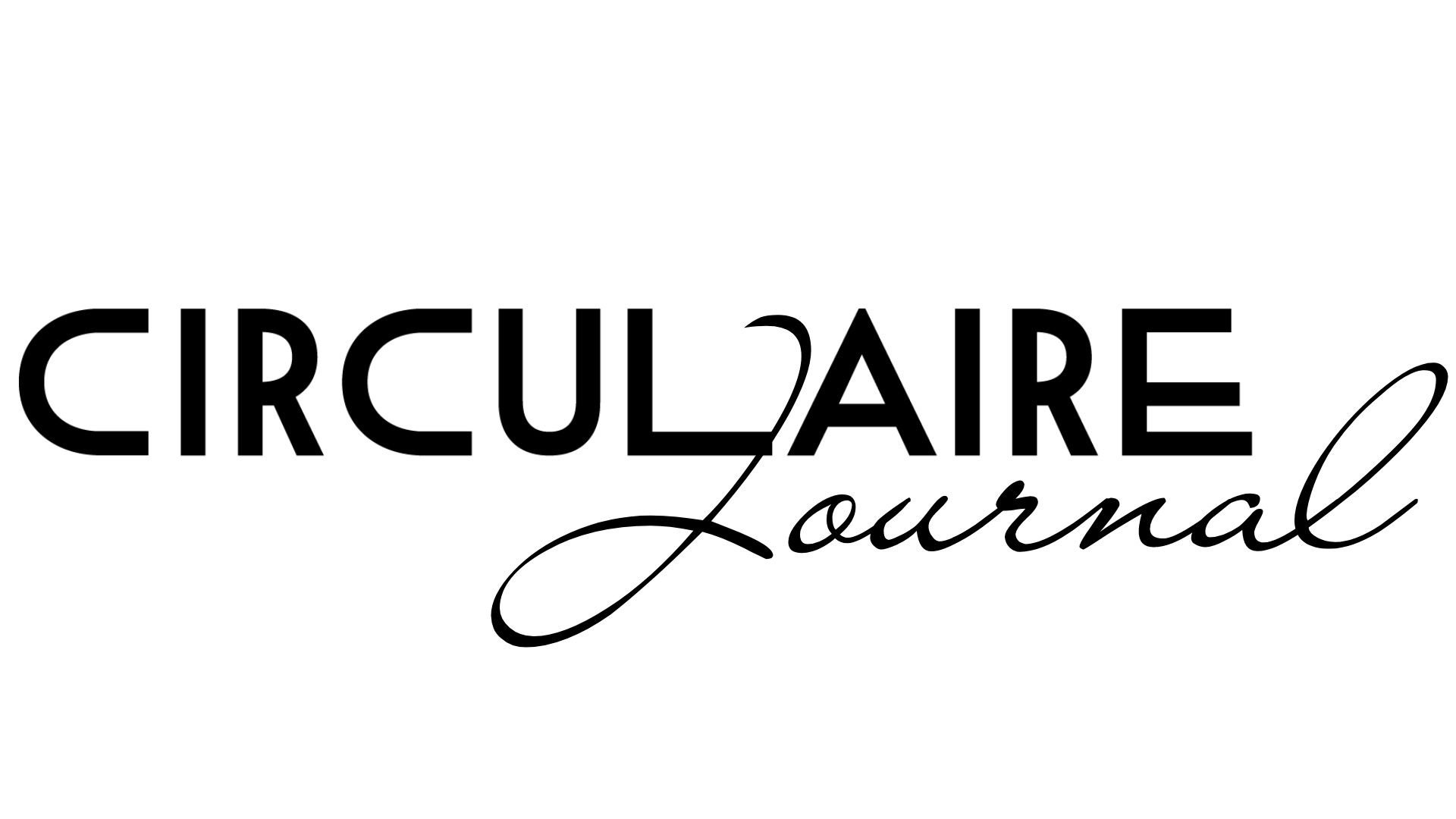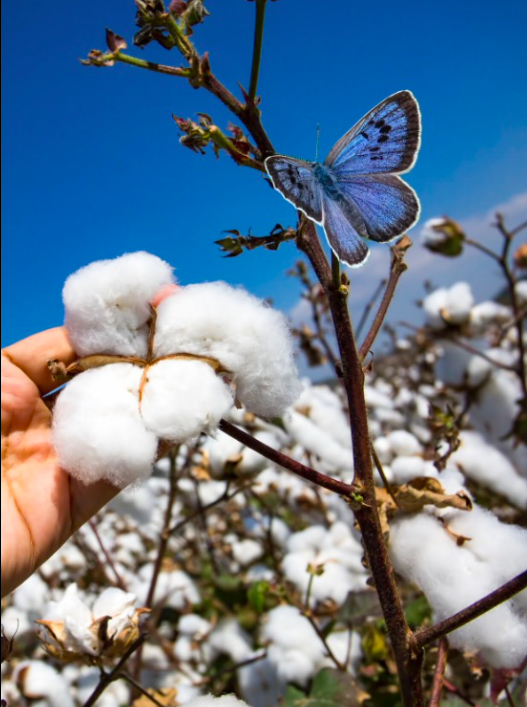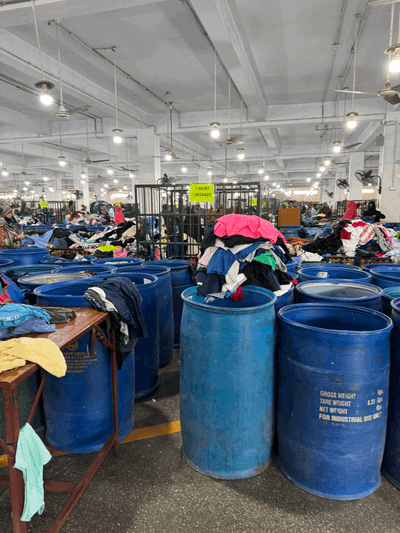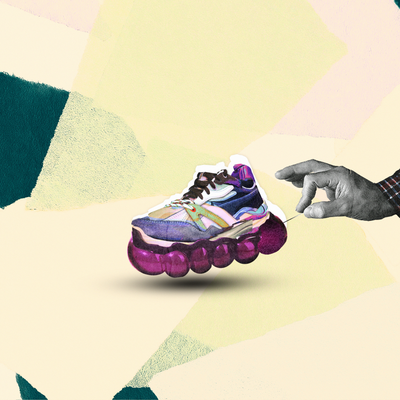On International Biodiversity Day, Positive Luxury released its latest thought leadership report, Nature’s Capital: A Business Case for Biodiversity, spotlighting the vital but often overlooked role that nature plays in luxury. The briefing makes a compelling argument for why biodiversity must be treated not only as a planetary concern but as a strategic business priority—especially in sectors like fashion, beauty, jewellery and high-end travel.
“Luxury brands rely disproportionately on nature’s rarest and most pristine offerings,” said Csenge Gulyban, Sustainability Consultant at Positive Luxury. “Think of the finest cashmere, exotic woods, or even the allure of untouched landscapes for luxury tourism—these are direct outputs of healthy ecosystems. As biodiversity declines, so too does the reliability and integrity of these supply chains.”
Gulyban points out that biodiversity loss is not a distant or abstract threat—it’s already manifesting in material disruptions. “Cashmere goats in Mongolia, for example, rely on healthy grasslands. Overgrazing and ecosystem degradation have already affected the quality and availability of this fibre, showing how fragile and interdependent these relationships really are.”
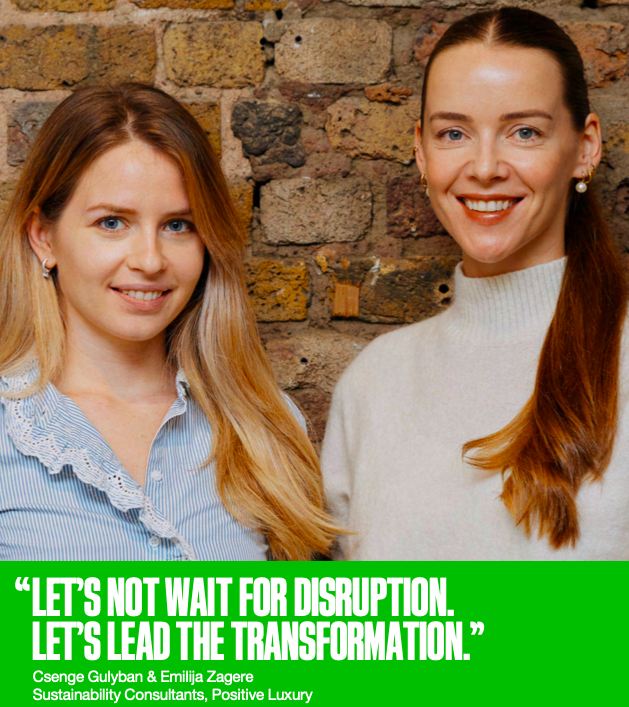
The report introduces business leaders to foundational concepts such as ecosystem services—nature’s own infrastructure that underpins agriculture, water purification, pollination, and more. “These aren’t fringe issues,” Gulyban added. “They’re fundamental to production. Yet many luxury companies don’t realise their dependence on them until it’s too late.”
The report also outlines a roadmap for action, including seven key steps luxury brands can take to mitigate nature-related risks and restore ecosystems. The starting point, Gulyban emphasises, is mapping the intersection between nature and business operations. “Brands are often surprised by what they uncover—hidden dependencies, sourcing blind spots, or overlooked pressure points. Once they have that picture, they can make informed, targeted interventions.”
The nature-positive imperative isn’t just about damage limitation. Emilija Zagere, also a Sustainability Consultant at Positive Luxury, believes it presents an opportunity for competitive differentiation. “There’s growing consumer and investor demand for transparency and sustainability. When a luxury brand protects biodiversity, it doesn’t just reduce risk—it builds resilience, deepens emotional connection with customers, and stays culturally relevant.”
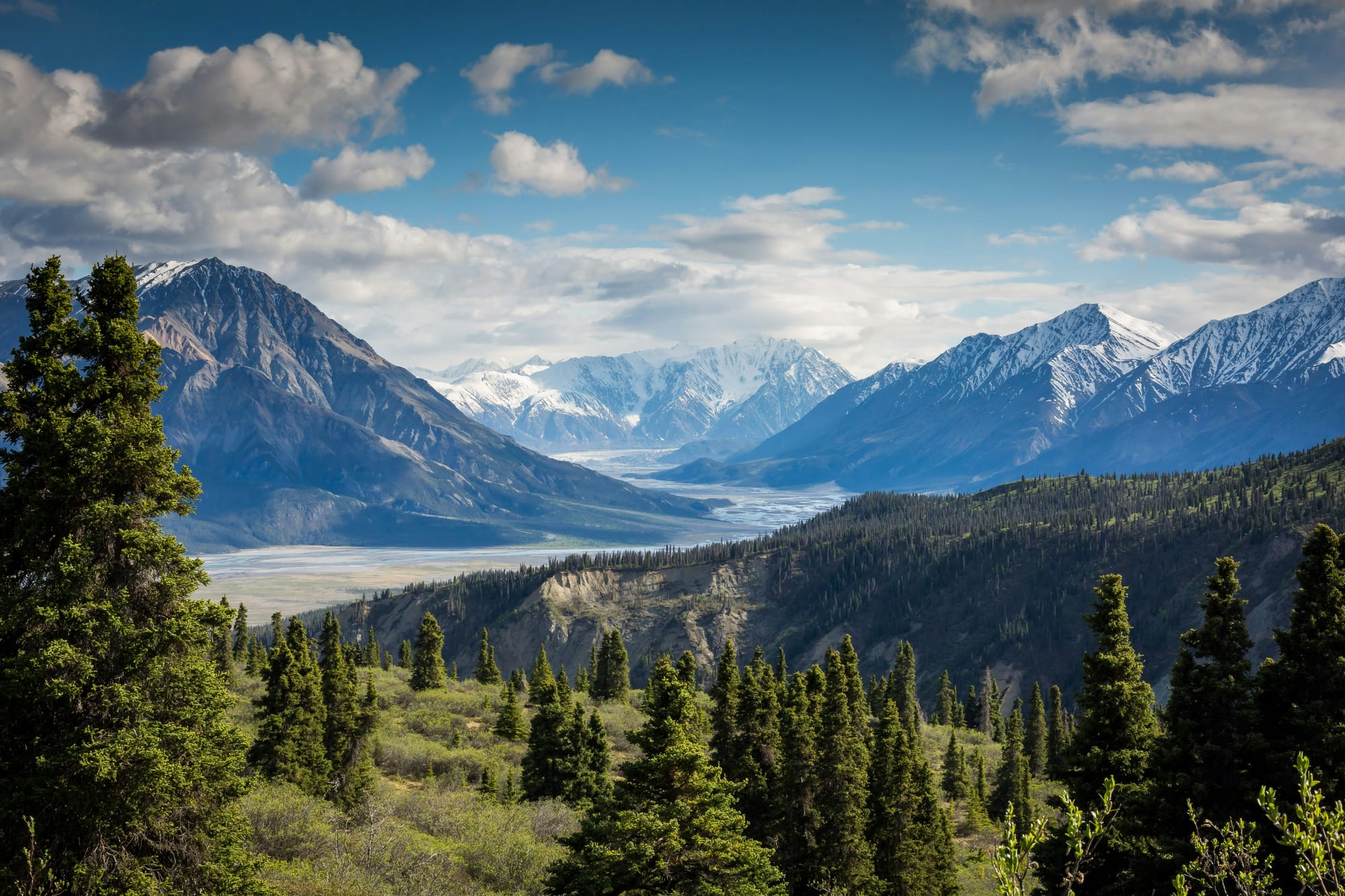
Zagere highlights that biodiversity is intricately tied to the identity and allure of luxury. “Nature inspires design, ingredients, and heritage. Preserving it isn’t just an environmental choice—it’s about safeguarding the very DNA of luxury.”
Unlike carbon, which can be tracked through relatively standardised metrics, biodiversity impact is place-based and multifaceted. “It’s harder to measure but no less urgent,” said Zagere. “You have to look at specific ecosystems, species, and local impacts. This means biodiversity strategies need to be more holistic and grounded in the reality of where and how your products are made.”
As biodiversity moves into the mainstream of business risk and disclosure, new tools are emerging to help brands take stock. Zagere points to ENCORE and IBAT as useful early-stage mapping resources, while frameworks like SBTN and TNFD are shaping how companies can set targets and report progress. “There’s no one-size-fits-all approach, but there are increasingly credible pathways forward,” she said.
The report also explores how brands like Monica Vinader are already embedding nature into their strategy, using technology such as satellite imagery to trace environmental impact. Positive Luxury’s own Butterfly Mark certification is evolving accordingly, with biodiversity now a key area of assessment. Gulyban noted: “We’re applying a double materiality lens and tailoring biodiversity questions by sector, geography and business model—helping brands focus where it matters most.”
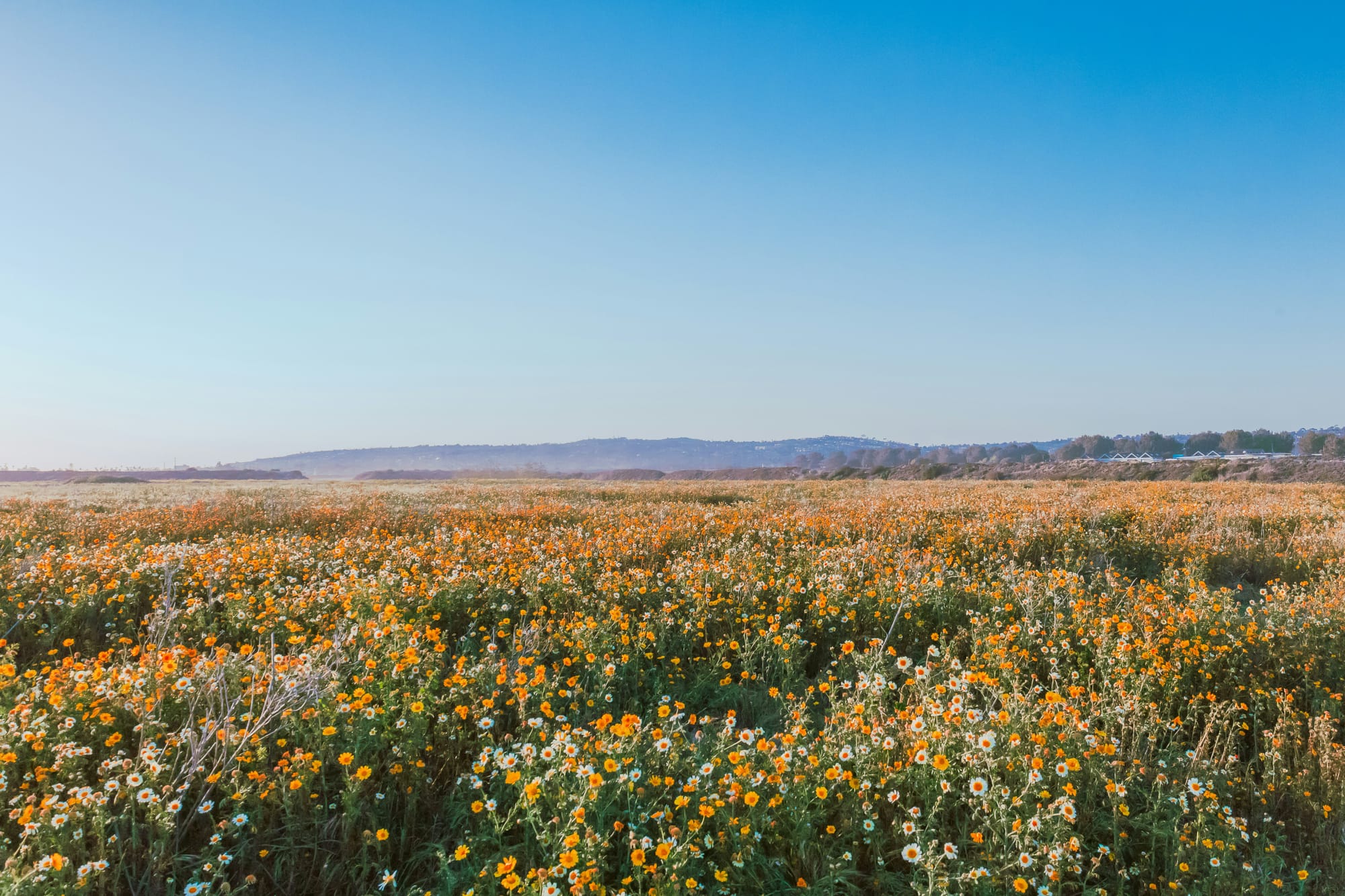
Ultimately, the consequences of inaction are steep. “Delay can lead to supply chain breakdowns, regulatory penalties, reputational harm, and lost investor confidence,” Zagere warned. “Greenwashing or even greenhushing are increasingly being called out. Brands must show not just intent, but credible action.”
Cross-sector collaboration, she added, is vital. “No brand can reverse biodiversity loss alone. Collective action enables scalable, systemic solutions—and avoids duplicating efforts in isolation.”
Nature’s Capital positions biodiversity as a defining issue for luxury in the 21st century—not just an ethical imperative, but a business-critical challenge. As Gulyban summarises: “Luxury has the influence, resources and creative power to lead this transformation. The question now is: will it?”
Read the full report here.
